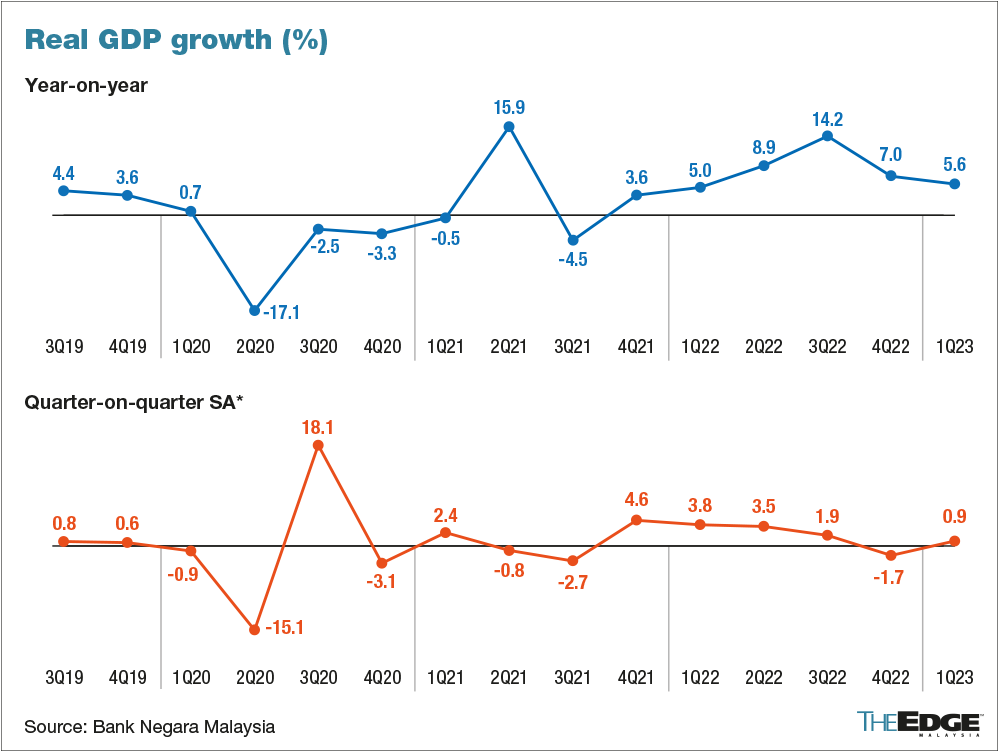Publish date: Tue, 30 May 2023, 07:31 PM
KUALA LUMPUR, May 30 — How much do you need to be in the top 1 per cent of your country’s population in terms of wealth?
Just US$485,000 (or over RM2.2 million using today’s currency rates) in net wealth in Malaysia is all it takes for you to be categorised as the richest one per cent here, or to be richer than 99 per cent of the Malaysian population, according to property consultancy Knight Frank’s latest report.
This US$485,000 level in Malaysia is far lower than the US$3.5 million (over RM16.1 million) minimum wealth you need to have in Singapore, before you can be categorised as richer than the remaining 99 per cent of Singapore’s population.
According to Knight Frank’s latest edition of its The Wealth Report (Wealth Sizing Model), its own definition of an ultra-high net worth individual (UHNWI) — someone who owns more than US$30 million wealth — actually requires greater wealth size compared to what is perceived as “the 1 per cent”.
“While ‘the 1 per cent’ might be thought of as the epitome of excess, the price of access to the club falls well short of our definition of a UHNWI — somebody whose net wealth exceeds US$30 million,” Knight Frank said in its report.
The Knight Frank report did not state the number of individuals in Malaysia who would meet the minimum US$485,000 (over RM2.2 million) needed to be among the country’s top one per cent of wealthy individuals.
However, the same report said the number of wealthy individuals has continued to grow in Malaysia, with those being high net worth individuals (HNWI) or owning over US$1 million (more than RM4.6 million with today’s currency rates) numbering 58,395 persons in 2017, before growing to 66,682 in 2021 and to 85,126 in 2022.
In 2017, there were 491 persons in Malaysia in the UHNWI category or owning more than US$30 million wealth (over RM138 million) each; this number grew to 659 persons in 2021 and 721 persons in 2022.
If the numbers for HNWI and UHNWI are combined, there would be at least 85,847 individuals in Malaysia in the top “1 per cent” club in terms of wealth in 2022.
The latest official statistics from the Department of Statistics Malaysia as of May 11 show that the Malaysian population is estimated to number 33.2 million, comprising 30.4 million citizens and 2.8 million non-citizens.
Where is it ‘cheaper’ to be a ‘one percenter’?
During the global financial crisis, attention turned to terms such as “the 1 per cent” which were deemed as the richest of the rich with wealth concentrated in their hands, to emphasise the wealth inequality with the remaining 99 per cent of the population.
Despite that, the amount of wealth you need to own to be in the top wealthiest category of one per cent will depend on which country you are in, but it will actually be much lower than US$30 million.
Even in glitzy Monaco which has the world’s highest concentration of super-rich individuals, all you need is US$12.4 million in wealth to join its top one per cent of the population in terms of wealth.
Switzerland has the second-highest level of wealth required to be in “the 1 per cent” segment at US$6.6 million, followed by Australia (US$5.5 million), New Zealand (US$5.2 million), the US (US$5.1 million) and Ireland (US$4.3 million).
The next highest ones are Singapore (the highest in Asia) and France with a minimum of US$3.5 million required, Hong Kong (US$3.4 million), the UK (US$3.3 million), Italy (US$2.6 million), Spain (US$2.5 million), Japan (US$1.7 million), UAE (US$1.6 million), Chinese mainland (US$960,000), Czech Republic (US$880,000), Saudi Arabia (US$740,000), Romania (US$587,000).
While Malaysia has a relatively low entry point for the “1 per cent club” at US$485,000, the levels are lower in other countries like Brazil (US$433,000), Mexico (US$383,000), India (US$175,000), South Africa (US$109,000), the Philippines (US$57,000) and Kenya (US$20,000), the list in Knight Frank’s report shows.
“All of these levels have risen since we last published the analysis in The Wealth Report 2021 reflecting the growth in wealth over the past two years, despite the dip in 2022.
“However, as explored in that edition, growing inequality globally could see a greater focus on this group — particularly in the sights for greater taxation on assets and even emissions,” Knight Frank said in its report.



